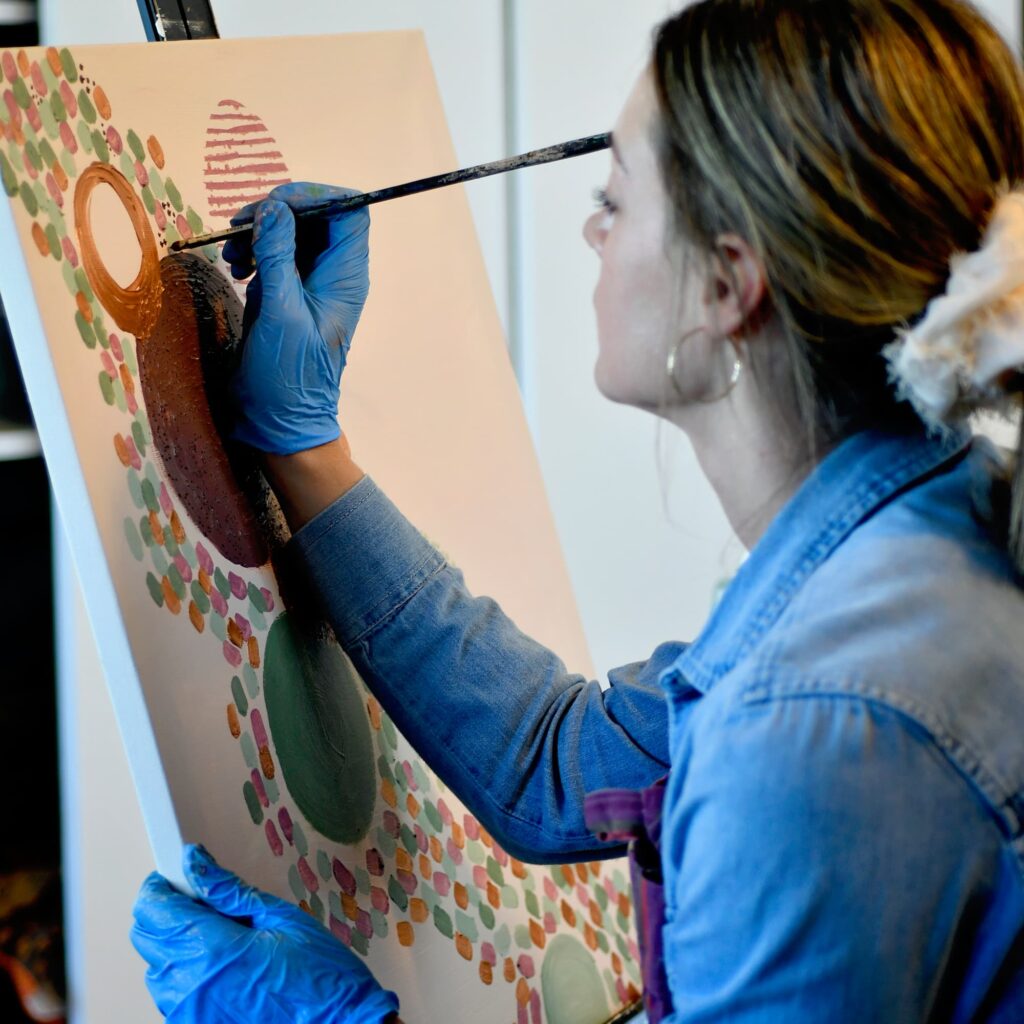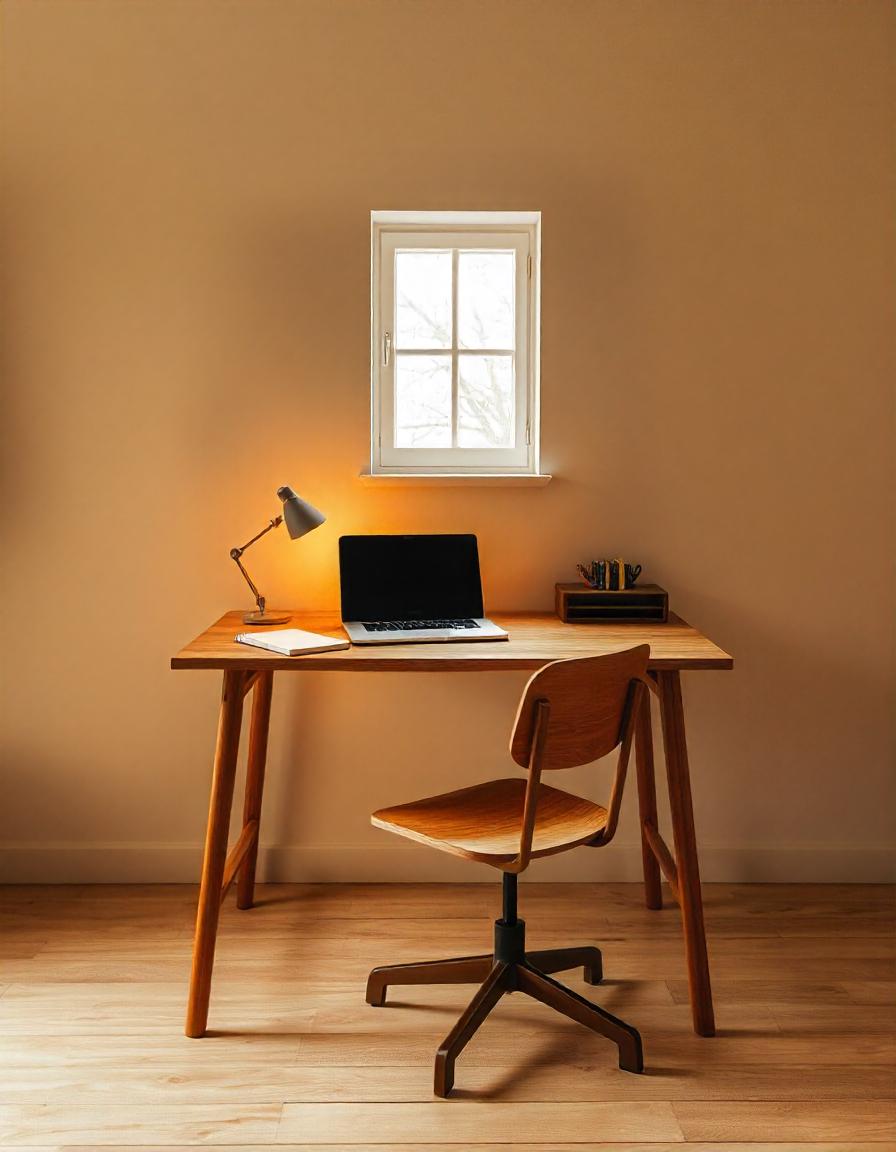The Essence of Creative Practice in Artistry
Creative practice lies at the core of every artistic pursuit. Whether you’re a writer, painter, musician, or performer, developing a creative routine is essential to honing your skills, enhancing your craft, and communicating your individual viewpoint. It’s not solely about producing polished artworks; it encompasses the journey, the process, and the everyday habits that sustain your creative energy. In this article, we will delve into the concept of creative practice, how to cultivate it, and its significance in unlocking your artistic potential.
Understanding Creative Practice
Creative practice involves the consistent habits, rituals, and routines that artists adopt to nurture and express their creativity. It’s the commitment to regularly engage in the act of creating, experimenting, and exploring ideas, regardless of the immediate outcome. Each artist’s creative practice may take on a unique form, influenced by the medium they work with, their objectives, and their personal style.
At its foundation, creative practice is about nurturing a relationship with your craft. It emphasizes dedication to the creative process, allowing space for mistakes and growth, and letting your imagination guide you.
The Importance of Creative Practice
Promotes Consistency
For many artists, maintaining motivation and productivity can be challenging. A regular creative practice fosters the habit of consistently showing up, even when inspiration seems elusive. The more frequently you engage with your creative work, the more you refine your skills and deepen your understanding of your craft.
Encourages Exploration and Innovation
A structured practice allows artists the freedom to experiment with new techniques, styles, or ideas without the pressure of achieving perfection. It becomes a safe space for exploration, risk-taking, and breaking new ground. With a solid creative practice, you’re more likely to stumble upon innovative ideas and solutions.
Aids in Overcoming Creative Blocks
Every artist experiences moments of self-doubt or creative stagnation. Engaging in a creative practice instills the discipline needed to push through these challenging phases, even when inspiration is lacking. By consistently committing to your art, you build resilience and learn to navigate through difficult moments, ultimately overcoming blocks.
Builds Confidence
As you practice, your confidence as an artist grows. Every completed piece, no matter how small or experimental, serves as evidence of your progress. A creative practice encourages you to confront self-criticism, embrace imperfections, and recognize the growth that comes from ongoing effort.
Cultivating a Creative Practice
Allocate Time
The first step in establishing a creative practice is to carve out dedicated time for your art. Whether it’s daily, weekly, or whenever your schedule permits, consistency is key. Treat this time with the same importance as you would a meeting or appointment, making it an indispensable part of your routine.
Create a Creative Space
Designating a specific area for your creative work can foster the right mindset. This doesn’t have to be an elaborate studio; it could be a cozy corner in your home, a peaceful café, or even a portable notebook. A consistent space can trigger your creative flow and help you concentrate without distractions.
Experiment with New Methods
Creative practice is fundamentally about discovery, so don’t hesitate to venture beyond your comfort zone. Experiment with new techniques, explore different mediums, or tackle unfamiliar themes. Allow yourself the freedom to fail and learn from those experiences. The more you experiment, the better you’ll understand your own style and preferences.
Document Your Progress
Maintain a journal, sketchbook, or digital log of your creative journey. This not only helps you track your progress but also allows for reflection on your development and revisiting past ideas. Writing about your thoughts, challenges, and breakthroughs can clarify your intentions and inspire new projects.
Celebrate Small Achievements
Creative practice encompasses more than just significant accomplishments; it’s also about recognizing the small victories along the way. Whether it’s completing a brief sketch, writing a paragraph, or mastering a technique, every step forward deserves acknowledgment. These small wins create momentum and reinforce your commitment to your craft.
Varieties of Creative Practices
Creative practice can manifest in diverse ways, as different artists find unique methods to engage with their work. Here are a few examples:
-
Writing Practice: Writers may dedicate daily time to various forms of writing, from journaling and short stories to novels. Writing exercises, prompts, and freewriting can help overcome blocks and maintain motivation.
-
Visual Arts Practice: Visual artists might explore various mediums such as painting, drawing, photography, or sculpture. Daily sketches, life drawing sessions, or creating mood boards for inspiration can form part of their creative process.
-
Music Practice: Musicians often adhere to regular practice routines to refine their skills, learn new pieces, or experiment with compositions. Free improvisation or mastering new techniques may also be integral to their musical practice.
-
Performance Practice: Actors, dancers, and performers engage in physical and vocal warm-ups, rehearsals, and improvisation exercises to sharpen their skills and foster creativity in their performances.
Conclusion
Creative practice is crucial for anyone wishing to nurture their artistic abilities and make consistent strides in their craft. Whether you’re a writer, musician, painter, or any other type of artist, the key to success lies in consistently engaging with your creative process. Through dedication, experimentation, and self-reflection, creative practice empowers you to challenge boundaries, overcome obstacles, and continually evolve as an artist. So, embrace the journey and let your creativity flow—it’s all part of the artistic process!



